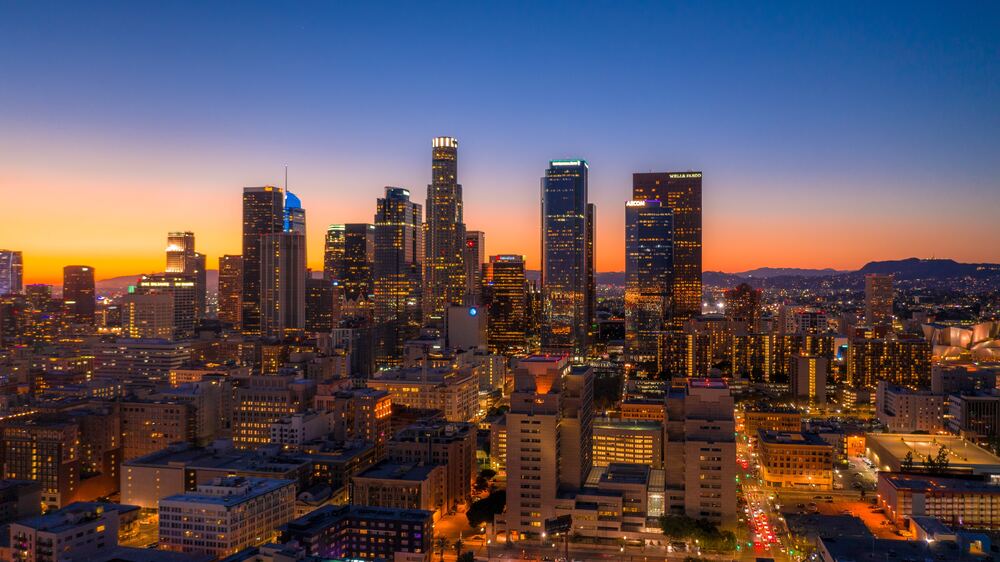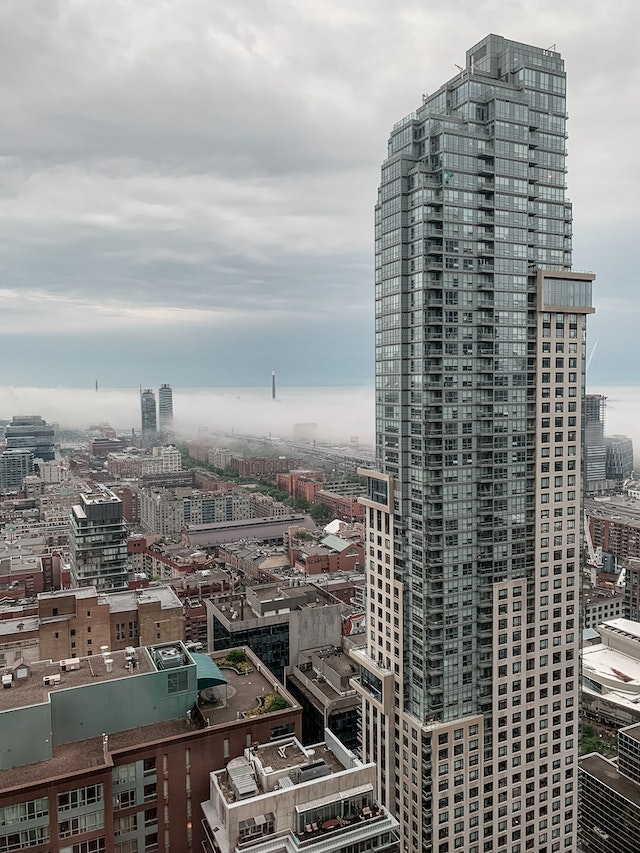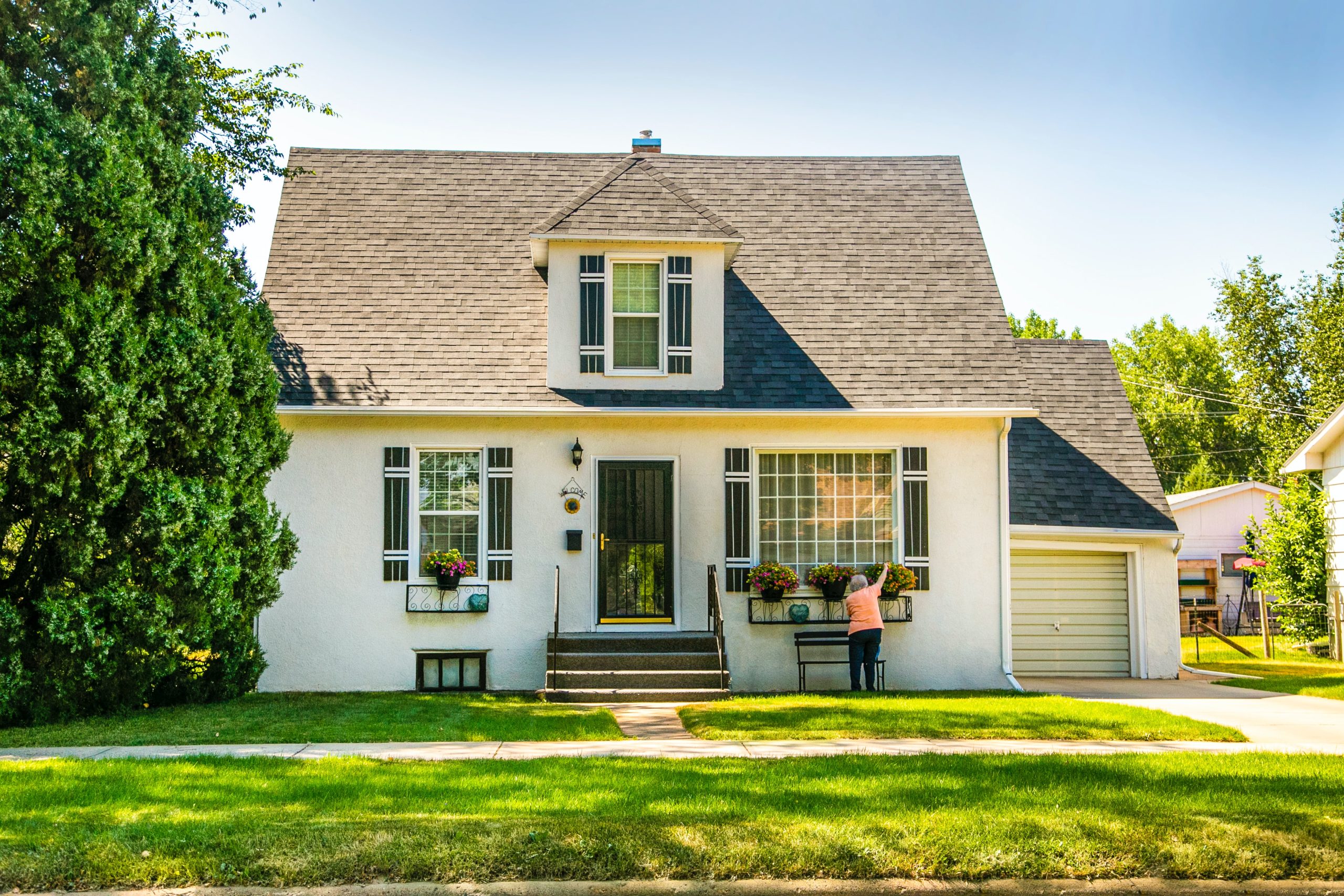Introduction
Meet John Doe, a seasoned urban planner with over two decades of experience in the field. John has collaborated with various city development agencies and has a profound understanding of the dynamics of urban development. His insights have shaped numerous urban landscapes, and today, he shares his expertise on the urban development prospects in LA and its alternatives.
Understanding the Urban Landscape of LA
Los Angeles, known for its glitz and glamour, is also a hub for urban development. The city’s diverse population, thriving economy, and cultural richness make it an attractive destination for developers. However, like any urban landscape, LA presents its own set of challenges. From high living costs to environmental concerns, developers need to navigate these complexities to create sustainable and inclusive urban spaces.
The Alternatives: Other Promising Cities
While LA continues to be a hotspot for urban development, several other cities across the U.S. are emerging as viable alternatives. Cities like Austin, Denver, and Nashville are experiencing a surge in population growth and economic development. These cities offer a blend of affordability, cultural vibrancy, and economic opportunities, making them attractive for real estate investors and city development agencies.
Comparing LA with Other Cities
When comparing LA with these emerging cities, several factors come into play. These include the cost of living, population growth, economic prospects, and environmental sustainability. While LA scores high on cultural diversity and economic opportunities, cities like Austin and Denver score better on affordability and environmental sustainability.

The Investor’s Perspective
From a real estate investor’s perspective, the choice between LA and other cities boils down to the balance between risk and reward. While LA offers high returns, it also comes with higher investment risks due to its high property prices. On the other hand, cities like Austin and Denver offer lower returns but also lower investment risks.
The Role of City Development Agencies
City development agencies play a crucial role in shaping the urban development landscape. Their policies and initiatives can influence the attractiveness of a city for urban development. For instance, initiatives aimed at improving public transportation, promoting green spaces, and encouraging affordable housing can make a city more attractive for developers.
Case Study: Successful Urban Development Project Outside LA
Consider the case of Denver, where a successful urban development project transformed the city’s downtown area. The project, spearheaded by the city’s development agency, included the construction of affordable housing units, green spaces, and public transportation facilities. This project not only improved the city’s livability but also attracted more developers to the city.
Key Takeaways
Urban development is a complex process that involves various stakeholders, including developers, investors, city development agencies, and the local community. While LA remains a popular choice for urban development, other cities like Austin, Denver, and Nashville are emerging as attractive alternatives. The choice between LA and these cities depends on various factors, including the cost of living, population growth, economic prospects, and the initiatives of city development agencies.
Table: Comparing Urban Development Prospects
| City | Cost of Living | Population Growth | Economic Prospects | Environmental Sustainability |
|---|---|---|---|---|
| LA | High | Moderate | High | Low |
| Austin | Low | High | High | Moderate |
| Denver | Low | High | Moderate | High |
| Nashville | Low | High | Moderate | Moderate |
Conclusion
In conclusion, whether it’s LA or not, the choice depends on the balance between the potential rewards and the associated risks. As John Doe puts it, “The key to successful urban development lies in understanding the unique dynamics of each city and adapting your strategies accordingly.”










